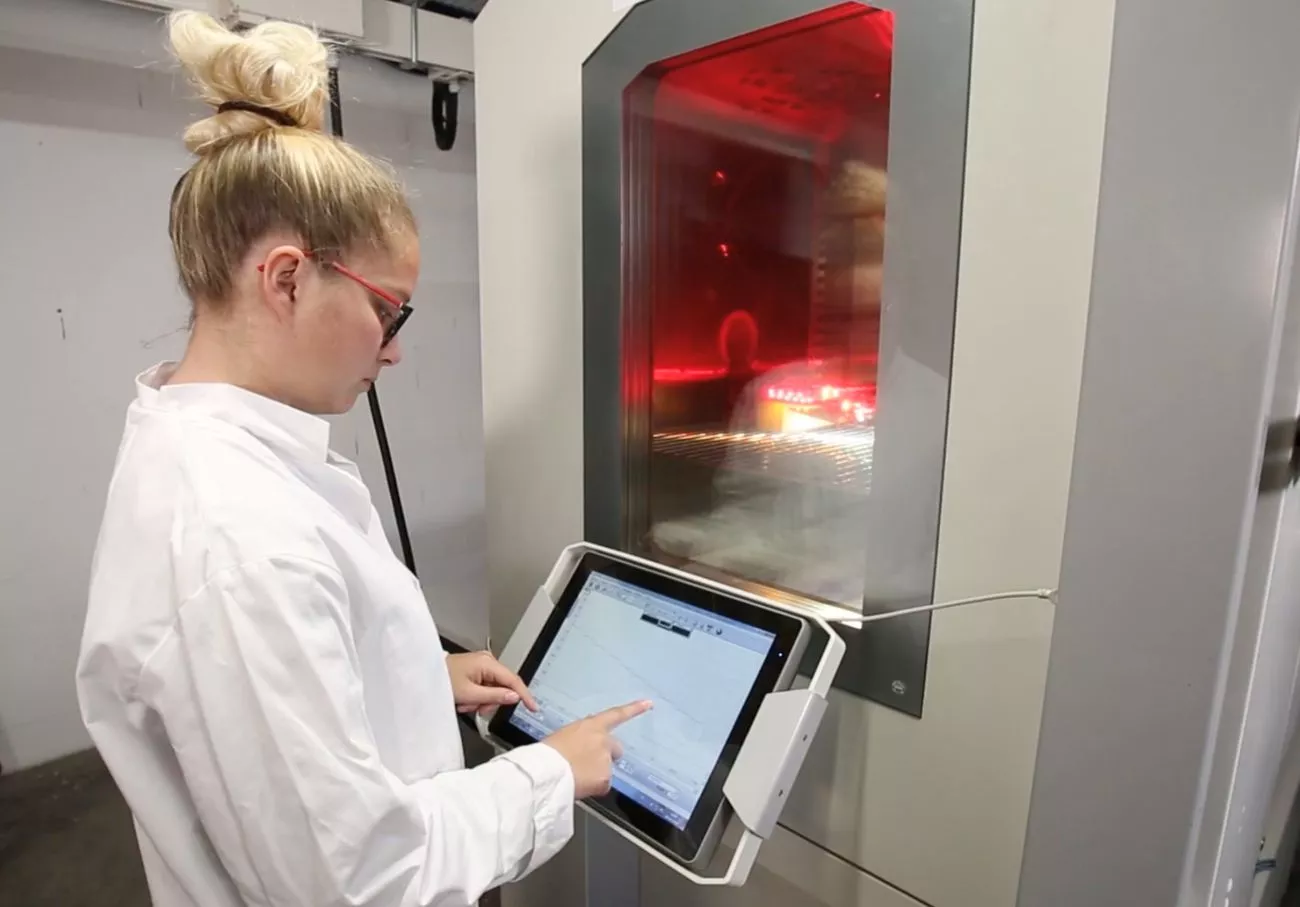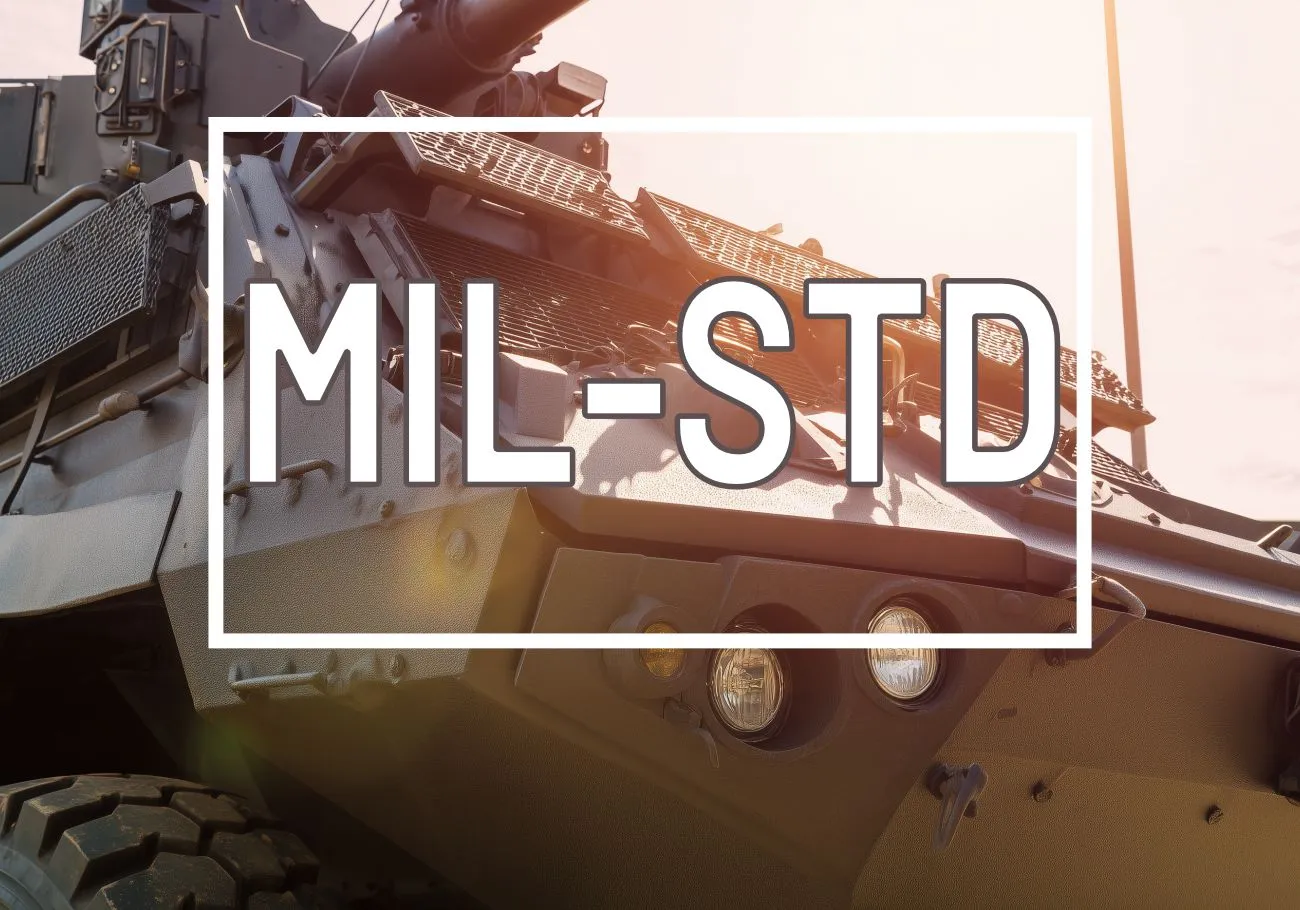Climatic tests
Validate the life profile of your equipment in conditions of high and low temperature and humidity
Why carry out climatic testing?
- Verifying the suitability of equipment for use, transport or storage in conditions of high and low temperature and humidity.
- Test compliance with industry standards to guarantee the expected performance of equipment.
- Simulate severe climatic conditions to anticipate failures and improve equipment life.
- Accelerate the climatic ageing of equipment

Types of climatic tests
- Thermal tests: Exposure to temperatures from -90°C to +650°C.
- Humidity testing: Simulation of humidity levels between 10% and 100% RH.
- Thermal shock: Rapid transition between two temperatures to test material resistance.
- UV ageing: Analysis of degradation under prolonged exposure to sunlight.
- Corrosion and salt spray: Testing resistance to marine environments and corrosive atmospheres.
- Combined tests: Combination of climatic tests with vibration and mechanical stress.
What sectors are involved in these trials?
Our testing capabilities and technical resources
Climatic chambers
- Total number of units: 70
- Useful volume up to 93 m³
- Temperature range: -90°C to +650°C
- Rapid temperature change: up to 20°C/min
- Relative humidity: 10 to 100% RH
Talk to our climate testing experts
Specific equipment
- Salt spray: Corrosion test for marine environments.
- Thermal shock chambers: Simulation of sudden temperature variations.
- Sunbeds: Simulation of ageing due to UV exposure.
- Vacuum chambers: Testing in high-altitude conditions.
- Monitoring systems: Real-time monitoring of temperature, humidity, voltage and current.
Standards applicable to climatic testing
- NF EN 60068-2-xx: Combined climatic and mechanical tests.
- IEC 60068-2-xx: Environmental testing for industrial equipment.
- NF EN ISO 9227: Salt spray corrosion tests.
- RTCA DO-160: Environmental qualification of aeronautical equipment.
- GAM EG 13: Standards for military applications.
- MIL STD 810: Specifications for the defence industry.
Optimising tests with the Emitech Group
- Combined testing integration: Vibration, mechanical stress and endurance.
- Real-time monitoring and analysis: Monitoring of critical parameters during testing.
Needs
Discover a selection of additional resources that explore topics related to this page including regulatory contexts, technical articles, and specific areas of expertise. These materials provide further insight to help you better understand the key challenges and available solutions.
Contact us for a quote











